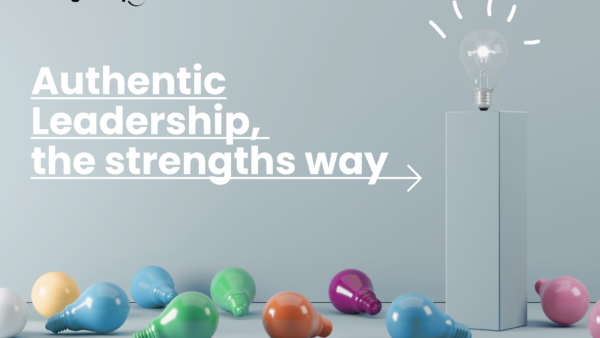Most leaders assume they have set clear expectations, however, our experience suggests that this is one of the most poorly practiced aspects of leadership. It is arguably also the most important.
>>Learn how StrengthscopeLeader™ helps leaders to become more effective by being more authentic
Why expectation-setting is such an essential tool
A lack of clear expectations not only undermines performance and results within a team, but also impacts negatively on engagement, relationships and teamwork. Unclear standards can also lead to serious employee relations problems including grievances, destructive conflict and unfair dismissal claims which can be very costly for the organisation. There are many different occasions when leaders will need to set, agree and be guided by expectations. Some of the more common situations include:
- Building a team
- Building, or rebuilding, relationships with co-workers
- Performance dialogues/appraisals with employees
- During times of change and re-organisation
- When managing under performance
- When agreeing how decisions will be made
Types of expectations
Expectations fall into 2 main areas:
1. Performance expectations
This type concerns the results and outcomes that need to be achieved.
2. Behavioural expectations
These relate to the expected values, behaviours and attitudes that are required in the role.
Keys to effective expectation setting
There are 5 keys to setting clear expectations:
1. Set expectations that stretch and inspire excellence
If your expectations are high, most performers will strive to achieve these expectations and the average performance will go up. The trick is to set expectations that inspire and challenge people to stretch themselves, but are realistic and don’t strain people. If you overstretch people, they will burn out and you will undermine their motivation, performance and wellbeing.
Stretching expectations encourage people to be the best they can be – they highlight strengths, possibilities and solutions, rather than weaknesses, threats and problems.
2. Ensure you are clear on what they are
This sounds obvious, however, in my experience, very few leaders actually write their expectations down together with why they are important. When leaders write down their expectations they are more likely to be able to articulate them verbally or in writing to their team. By answering why each of the expectations is important to the overall goals and strategy, the leader can also explain the purpose with confidence and clarity to employees and other stakeholders.
3. Discuss and, wherever possible, agree expectations
Share your proposed expectations with your team to get their input and feedback. This will ensure you gain their commitment and support to ensure effective implementation. However, ensure this is a consultation process and not a process of ‘management-by-committee’, where expectations need to be agreed by all before they are adopted. You should retain the ultimate prerogative to decide on the final set of expectations that will be applied.
4. Encourage the team to share their expectations of you
Expectation setting is a two-way process so encourage your team to share their expectations with you and be prepared to listen and take on board their feedback. This will ensure a high level of trust and mutual respect prevails.
5. Communicate your expectations relentlessly
To be an effective leader you need to consistently communicate and reinforce your intentions and expectations. These should be communicated at every opportunity including team meetings and events, 1-1 performance dialogues, coaching conversations, etc.
However, talking about your expectations is not sufficient. Leaders should also ‘walk the talk’ and show others what the expectation looks like in practice. For example, a leader shouldn’t tell sexist jokes over drinks with the team after work if (s)he wants to reinforce a standard around inclusion and diversity in the workplace. Similarly, if a leader wants people to spend more time developing themselves to strengthen their performance, (s)he should compile, share and implement their own development plan.
Regardless of whether the leader is new or has been in role for some time, it is crucial they establish and communicate clear and stretching expectations to achieve the best possible results and avoid performance and relationship problems. Great leaders set the pace by ensuring these expectations are translated into day-to-day habits to promote an environment of deliberate action, accountability and achievement. They expect the best and more often than not, deliver exceptional results and a positive, energising work environment.










